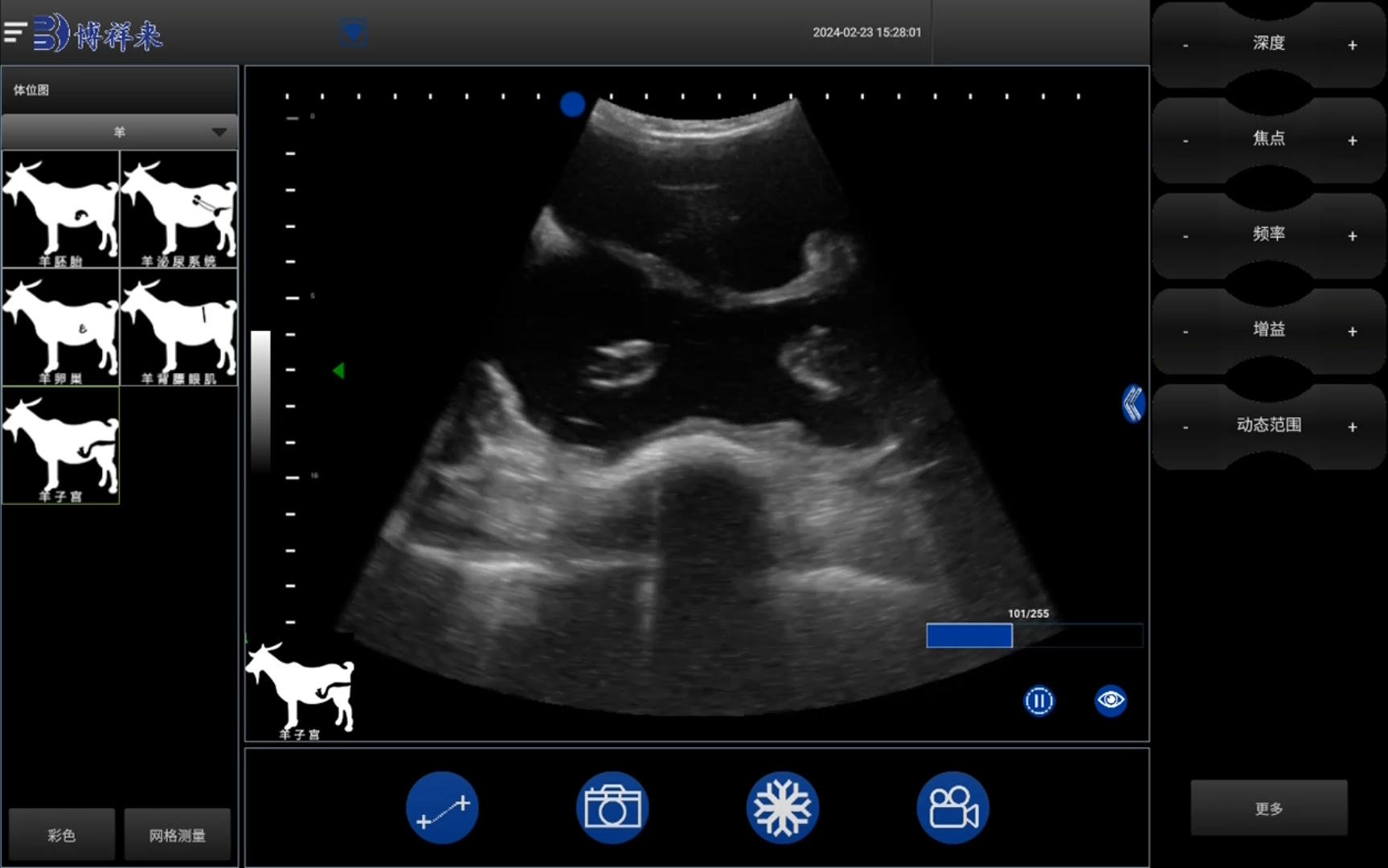As veterinary medicine continues to advance, one area making significant strides is diagnostic imaging, particularly Veterinary ultrasound. This non-invasive technique is evolving rapidly, offering new possibilities for pet care and enhancing the capabilities of veterinarians. In this article, we’ll explore the future of veterinary ultrasound, the emerging technologies, and how they will transform pet health diagnostics.

What is Veterinary Ultrasound?
Veterinary ultrasound is a diagnostic imaging method that uses high-frequency sound waves to create real-time images of a pet’s internal organs and structures. It’s a crucial tool for diagnosing various health conditions in animals, from detecting tumors to assessing heart health. As technology progresses, the capabilities and applications of ultrasound in veterinary practices are expanding.
Emerging Technologies in Veterinary Ultrasound
portable ultrasound devices: The advent of portable ultrasound machines is a game-changer for veterinary practices. These compact, lightweight devices allow for on-site diagnostics, enabling veterinarians to perform ultrasounds in various settings, including rural areas and emergency situations. This accessibility improves the speed and quality of care for pets.
Artificial Intelligence (AI) Integration: AI is set to revolutionize veterinary ultrasound interpretation. Advanced algorithms can assist veterinarians by analyzing images, highlighting potential abnormalities, and even offering preliminary diagnoses. This technology reduces the risk of human error and allows for quicker decision-making, ultimately benefiting pet health.
Enhanced Imaging Technology: Innovations in imaging technology are leading to clearer, higher-resolution ultrasound images. Newer transducers and software can provide more detailed views of internal organs, making it easier for veterinarians to identify conditions accurately. This clarity helps in making better-informed treatment decisions.
Cloud-Based Data Storage: Cloud technology is changing how veterinary clinics manage patient data. By storing ultrasound images and diagnostic reports in the cloud, veterinarians can easily access and share information with colleagues, specialists, and pet owners. This connectivity enhances collaboration and improves the continuity of care.
Telemedicine and Remote Consultations: The rise of telemedicine is impacting veterinary care significantly. With the ability to conduct remote consultations, veterinarians can discuss ultrasound findings with specialists from anywhere in the world. This approach allows for collaborative decision-making and can lead to more comprehensive care for pets.
Benefits of Advancements in Veterinary Ultrasound
The future of veterinary ultrasound offers several key benefits:
- Faster Diagnoses: With improved technology and AI integration, veterinarians can obtain quicker and more accurate diagnoses, allowing for timely treatments and interventions.
- Enhanced Patient Care: The ability to perform ultrasounds in various settings and share data easily improves overall patient care and client communication.
- Cost-Effective Solutions: As technology becomes more accessible, the cost of ultrasound equipment is likely to decrease, making high-quality diagnostics available to a broader range of veterinary practices.
- Better Training and Education: As veterinary ultrasound technology evolves, educational programs can adapt to include the latest advancements, ensuring that veterinarians are well-equipped to use these tools effectively.
Preparing for the Future
Veterinary practices looking to embrace the future of ultrasound should consider investing in training for their staff on new technologies and techniques. Staying updated with the latest advancements will not only enhance diagnostic capabilities but also improve the overall quality of care provided to pets.
tags: Veterinary Ultrasound


